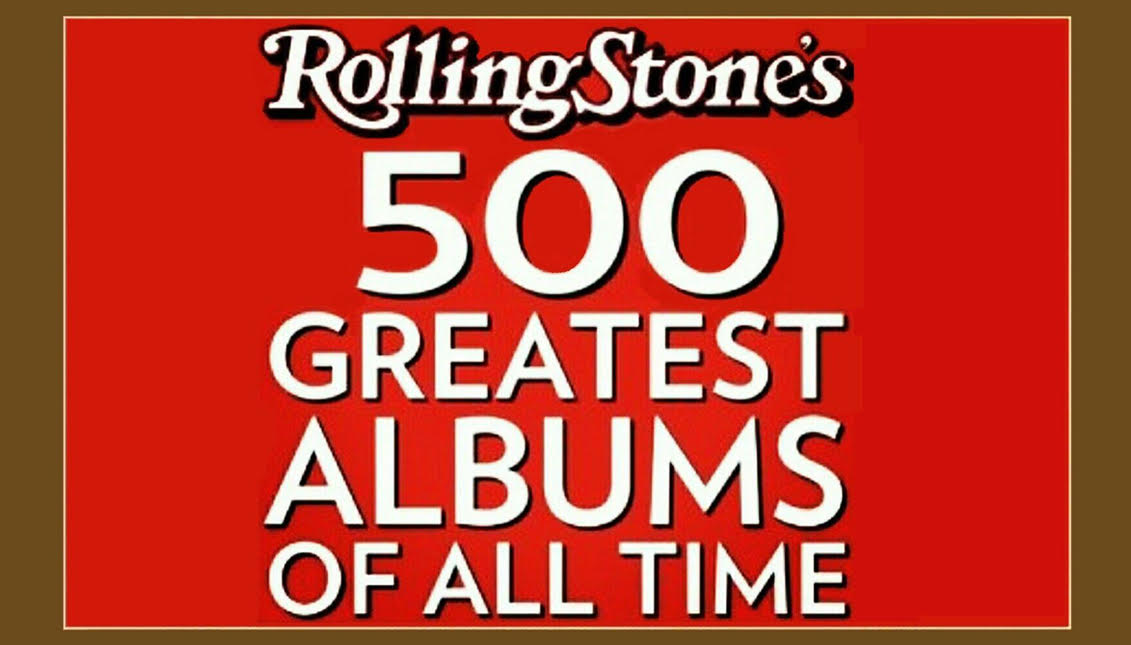
Latinx Artists Make up 2% of Rolling Stone’s Top 500 Greatest Albums of All Time
And two of them aren’t even from Latin America.
For the second time since 2003 — ignoring its 2012 edit — Rolling Stone has released a new list of its top 500 albums of all time, and for the second time, Latino musicians have been almost completely left off.
Of the new and improved top 500 albums list from 2020, Latinos are represented on just 1.8% of them, or eight artists. Here are the lucky few:
Coming in at 496, is the woman whose hips haven’t lied since 2005, Shakira. Her 1998 album ¿Dónde Están los Ladrones?, is what catapulted the Colombian singer to stardom after her 1995 LP, Pies Descalzos and she’s been topping charts ever since.
At 479 is Selena’s 1994 album Amor Prohibido is as timeless as she is. The late singer wrote these techno-cumbia songs inspired by her grandparents' lives.
Daddy Yankee landed on the list at number 473, with an album that inspired the new generation’s reggaeton hits. His international hit single, “Gasolina,” which can still be heard at bars and nightclubs today, also lives rent free in many people’s minds. It represented a breakthrough for the genre which was born in none other than San Juan, Puerto Rico.
At 469, Rolling Stone pegged Manu Chao’s album, Clandestino, from 1998. The Paris-born Spaniard dedicated this to clandestinos: a term used to describe undocumented immigrants.
Coming in at 447 is the man who just toured NYC on top of a flatbed truck, Bad Bunny. His 2018 project, X 100pre, was his debut album. Since then, he has made more albums that should also be on Rolling Stone’s list.
During his short career, he has brought trap, reggaeton, dembow, synth-pop and even pop punk, mixed them all together, and created music that people are still raving about today.
At 431 is Los Lobos, who debuted their How Will the Wolf Survive? album in 1984. The group of Mexican-American rockers from East Los Angeles that mix traditional Mexican music with rock n’ roll and are still going to this day.
RELATED CONTENT
They are best known for their 1987 rendition of Ritchie Valens’ iconic song, “La Bamba,” which they covered as the title song for a biopic about Valens.
At 334 is Santana’s — led by Mexican-American rock icon, Carlos Santana — second Columbia Records release Abraxas. Santana’s Afro-Latin music and covers of Fleetwood Mac and Tito Puente were on the album. His band’s music also inspired other amazing artists to piece together different music styles.
In a major surprise, Rosalía, who just recently collabed with Travis Scott over the summer on a hit single called ‘TKN’ scored the highest ranking album from a Hispanic with 2018’s El Mar Querer at 315.
Sure, eight artists representing “Latinx” artists are present on the list, but two of them — Rosalía and Manu Chao — are not from Latin America, and their association is suspect at best when considering the Latin Americans that have contributed to the U.S.’s music history — which Rolling Stone seems to attempt to capture with its top 500 albums lists.
Those who voted were composed of artists, journalists, and industry figures, according to Rolling Stone.
The Latinx community is always proud to see more representation, especially on a list so long where there was none previously — in its original publishing, and not in its revision nine years later.
However, it is still shocking that almost two decades later from the original list, the representation that is given is still a staggeringly low 1.6%, 1.4% if you remove Rosalía and Manu Chao.











LEAVE A COMMENT: